By Christopher Miskimon
With World War I raging across the muddy battlefields of Europe, the Allies were pressed for personnel to man their ever-increasing air forces. Both France and Britain went to North America to recruit eligible pilots. For the British, Canada was soon stretched thin, having committed thousands of men and women to the empire’s war effort. America was technically neutral, but in actuality firmly on the side of the Allies. Young men who wished to join the British air arm were tacitly encouraged to make their way to Canada, where facilities were quickly thrown up for training those with the courage to take the chance.
The First Eagles: The Fearless American Aces Who Flew with the RAF in World War I tells the story of the hundreds of young men from across the United States who made the journey and soon became aviators for Great Britain.
In his book, Gavin Mortimer concentrates on the men who became America’s first ace pilots, albeit in another nation’s service. Through his words, you learn what it was like from the moment they walked through the door of the RAF recruiting office in New York City in 1917 until they returned home after the war. Using extensive postwar interviews with these men along with their memoirs and wartime letters, he creates a vivid picture of their experiences during combat and the times between missions. The book is well-illustrated with many pictures of the actual pilots and the planes they flew and fought against. Technical information on the aircraft and how they were flown abounds throughout this work, which is sure to please aviation aficionados and students of World War I alike.
Courage and Survival in Korea
As Thanksgiving 1950 approached, General Douglas MacArthur made a prediction that the Korean War would soon be over. The forecast proved optimistic; thousands of Chinese soldiers would soon be attacking American and South Korean units, sending them reeling southward. For the American X Corps, soldiers would find themselves facing entrapment around the Chosin Reservoir, risking death or capture if they could not get out. Unwilling to surrender, they fought their way through difficult terrain in appalling weather to reach evacuation on the coast. Marines, now famous for their actions at the Chosin Reservoir, would largely lead the way, but many U.S. Army troops also contributed. Together this force extracted itself from certain destruction with the last ships taking troops to safety on Christmas Eve, a fitting gift for their bravery and perseverance.
In A Christmas Far from Home: An Epic Tale of Courage and Survival During the Korean War, the reader is given an all-around view of the battle from the foxhole and evacuation routes up to MacArthur’s planning room. The focus is on the soldier at the front, however, making for a very enjoyable read. The author is known for writing of soldier’s experiences at war during Christmas, and this book improves his reputation for delivering engaging histories of men in combat.
The Civil War Through Sight and Sound
Everyday life in the 1860s was a very different sensory experience from today. There were no cars, planes, or air conditioners to fill the air with noise. No refrigerators kept the food fresh, and no electricity lit the dark (or washed out the stars overhead). The smell of horse manure permeated, rather than car exhaust. In The Smell of Battle, the Taste of Siege, readers discover that civilians and soldiers who experienced the Civil War had sensitivities that their 21st-century descendants may not understand.
A battle was one of the loudest things they could hear. The thunder of artillery, rattle of musketry, and screams of the wounded and dying assaulted the ears. At First Bull Run, one could see soldiers running and discarding their weapons and equipment on the ground next to picnic baskets and parasols abandoned by civilian spectators fleeing alongside them. A woman arriving at the Battle of Gettysburg a few days after the fight was greeted by the smells of blood, infected flesh, and the decay of yet unburied corpses and severed limbs.
Rather than another retelling of events already well covered, this book seeks to inform the reader of what a participant saw, heard, and smelled. It succeeds remarkably well, using a combination of the author’s prose and eyewitness statements. Each chapter covers a separate event and uses different viewpoints to give an overall impression of the episode. The American Civil War has been so widely written about, it is difficult to find fresh perspectives and subject matter. This work provides the reader with both.
Comics and Conflict
Throughout history, visual media have been an important part of human culture, and with warfare it has been no different.Paintings and sketches, photographs, and films have been used not only to document conflict, but also to advance political and ideological arguments. It is only natural that the comic book, iconic creation of the 1930s, would be used to convey messages to a public seeking to understand the conflicts in which they all took part.
The use of comics as war propaganda began simply enough, with patriotic tales of right and wrong, good and evil used largely to arouse a peoples’ ire toward the enemy. During World War II, they served this role well, but afterward, the comic book evolved along with the rest of American society. Comics would supplant a child’s magazine of an earlier age with tales of heroic action in battle, but eventually that changed. As people became more publicly aware of the horrors of war, comics too began to reflect this. In the 21st century, comics have mirrored the many facets and trials of the wars in Iraq and Afghanistan.
With Comics and Conflict: Patriotism and Propaganda from WWII through Operation Iraqi Freedom, the Naval Institute Press excels at publishing coverage of obscure yet important and fascinating aspects of military history. This new work continues that tradition, providing a look at how comics, now widely considered an art form, have developed through the coverage and depiction of war. No doubt many readers grew up reading war comics, feeding their fledgling interests in military history. Now the reader can discover how those comics fit into to the larger issues at play in the world’s most historic conflicts.
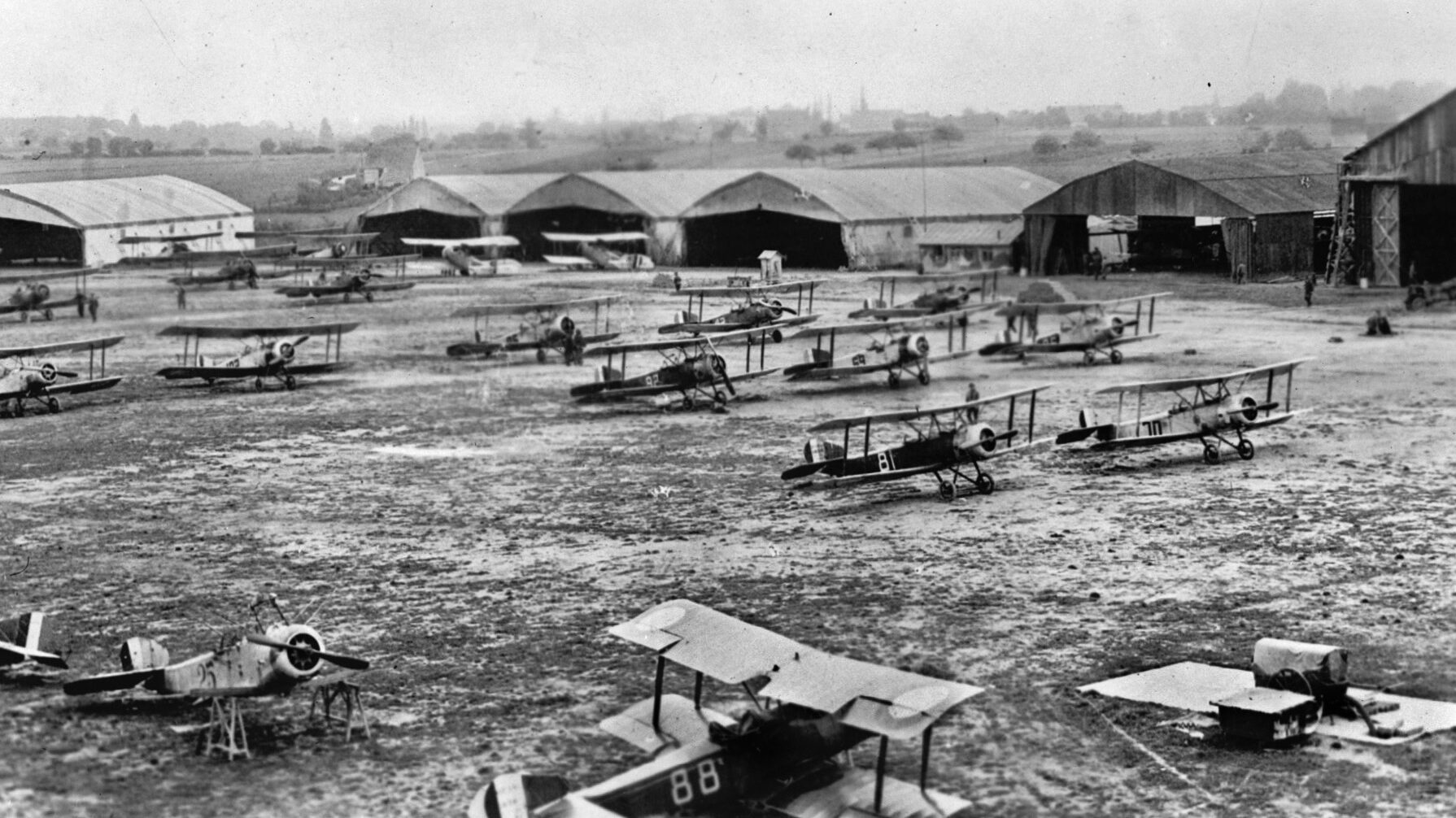
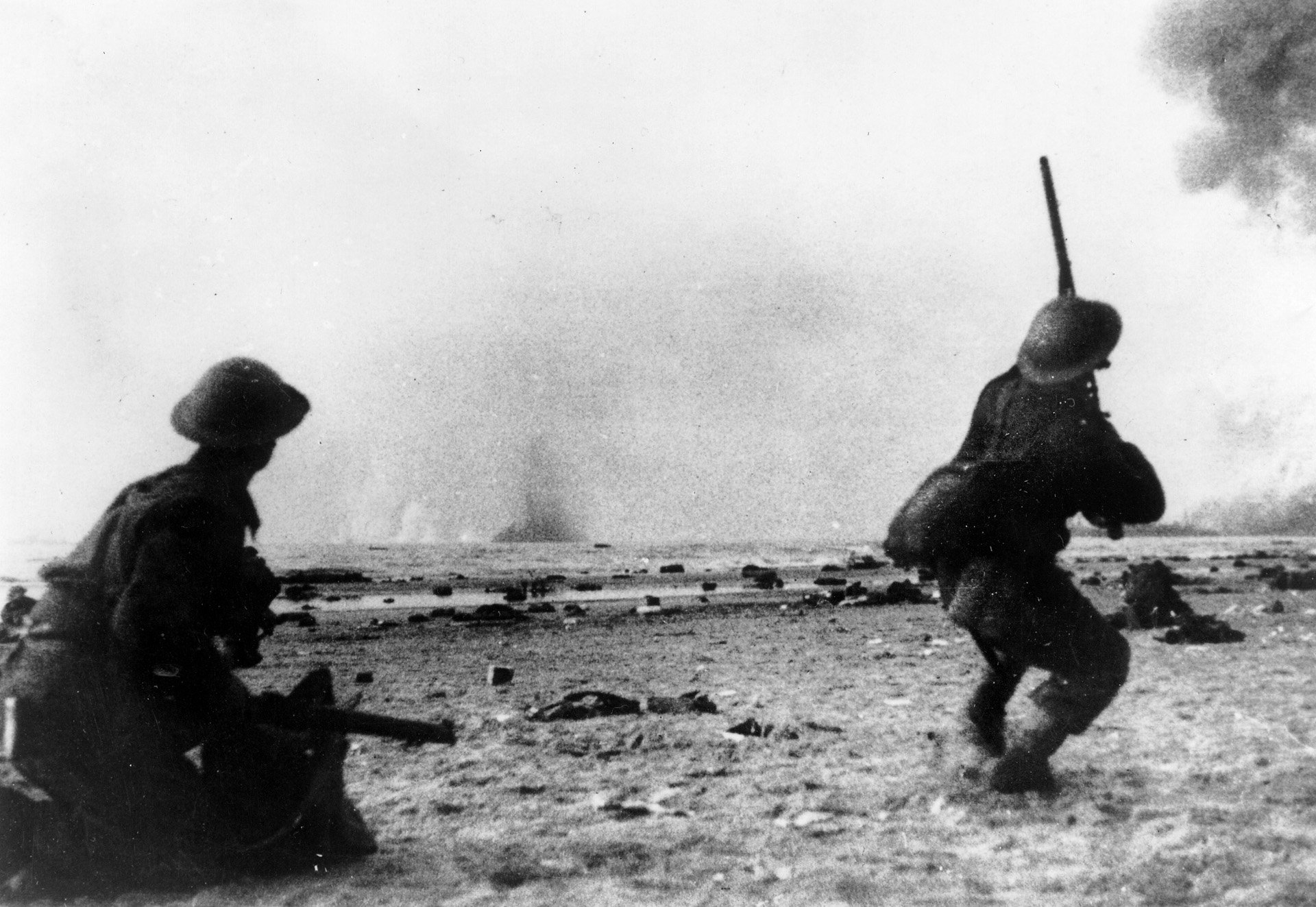
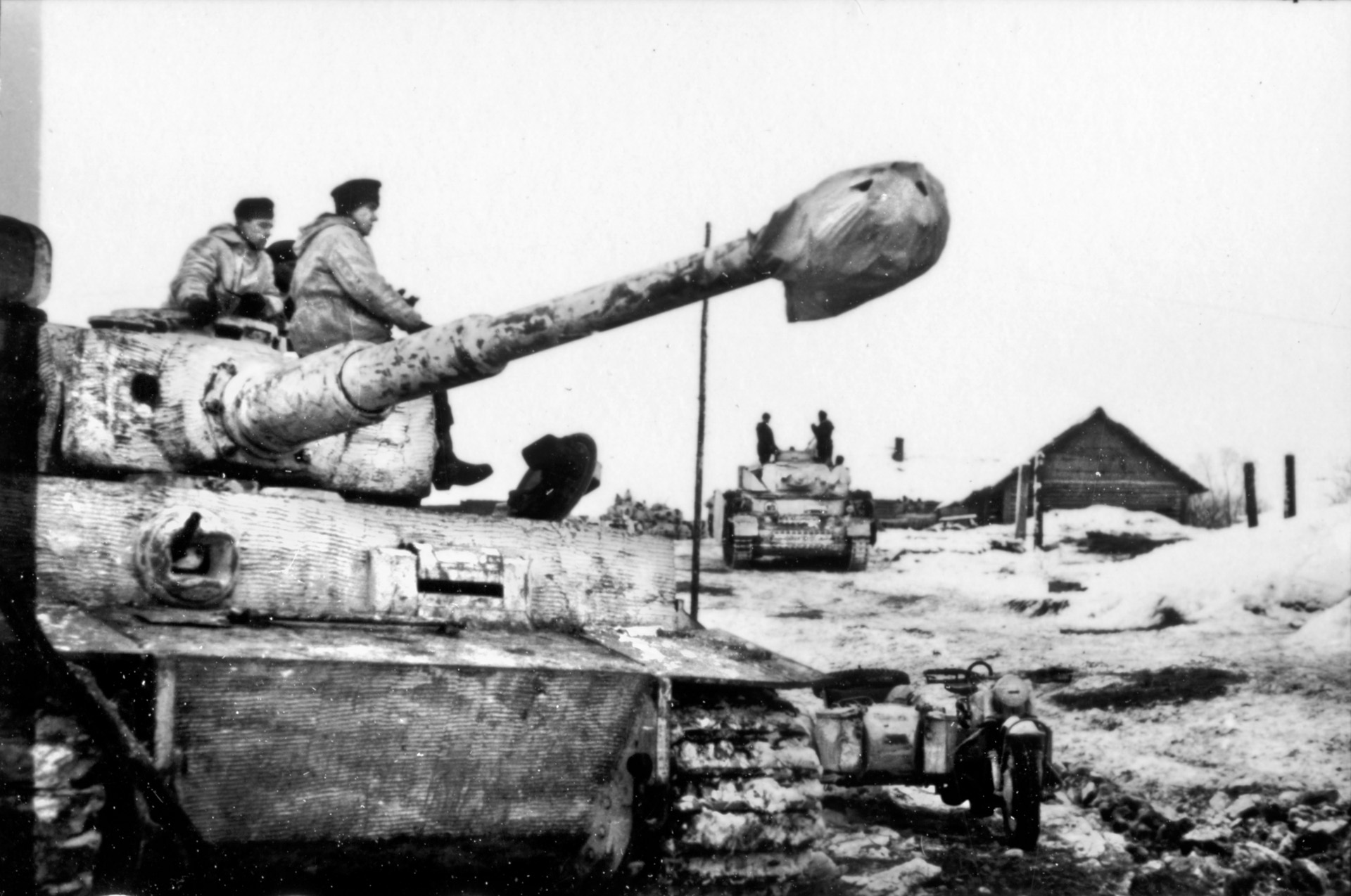
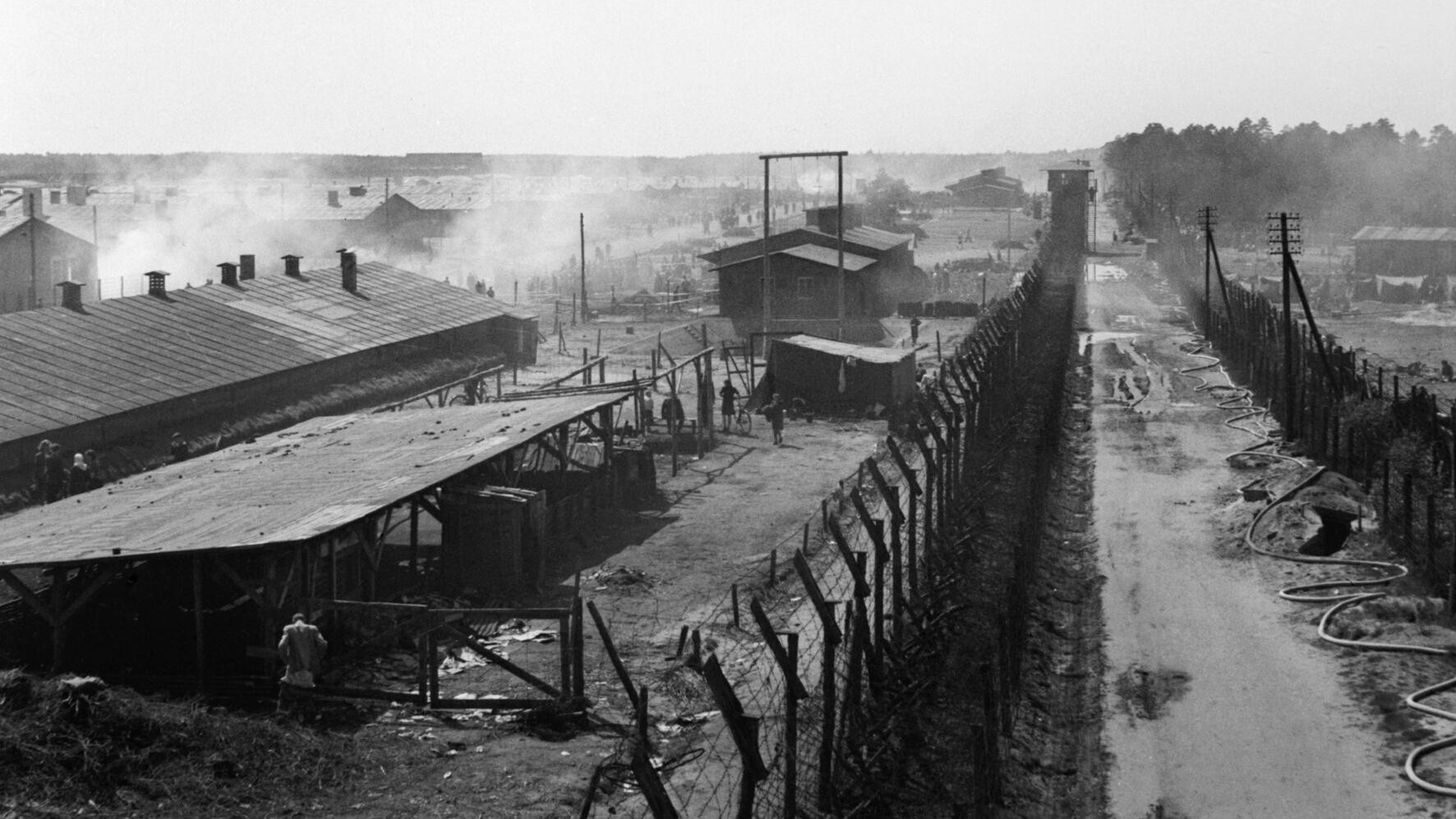
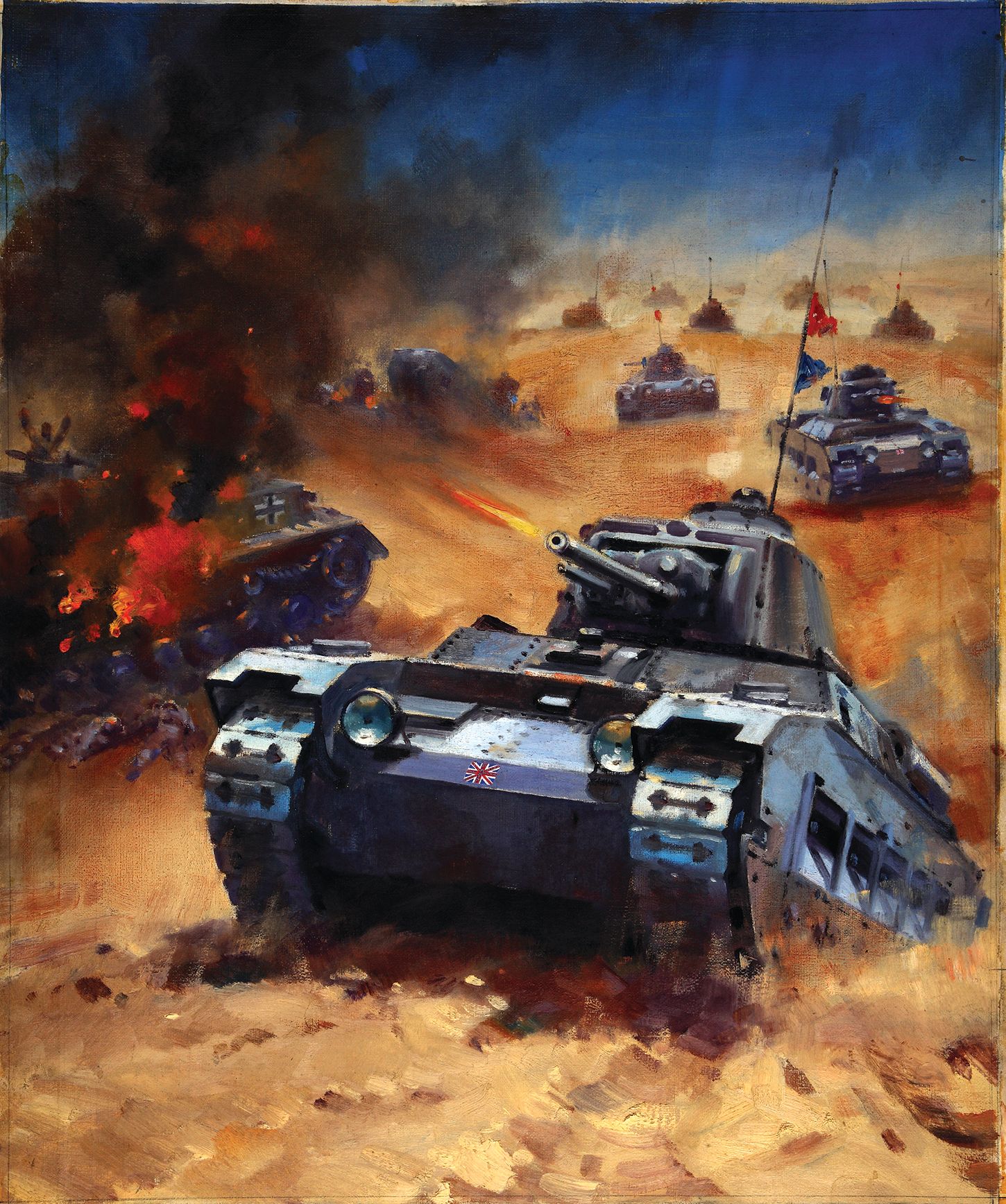
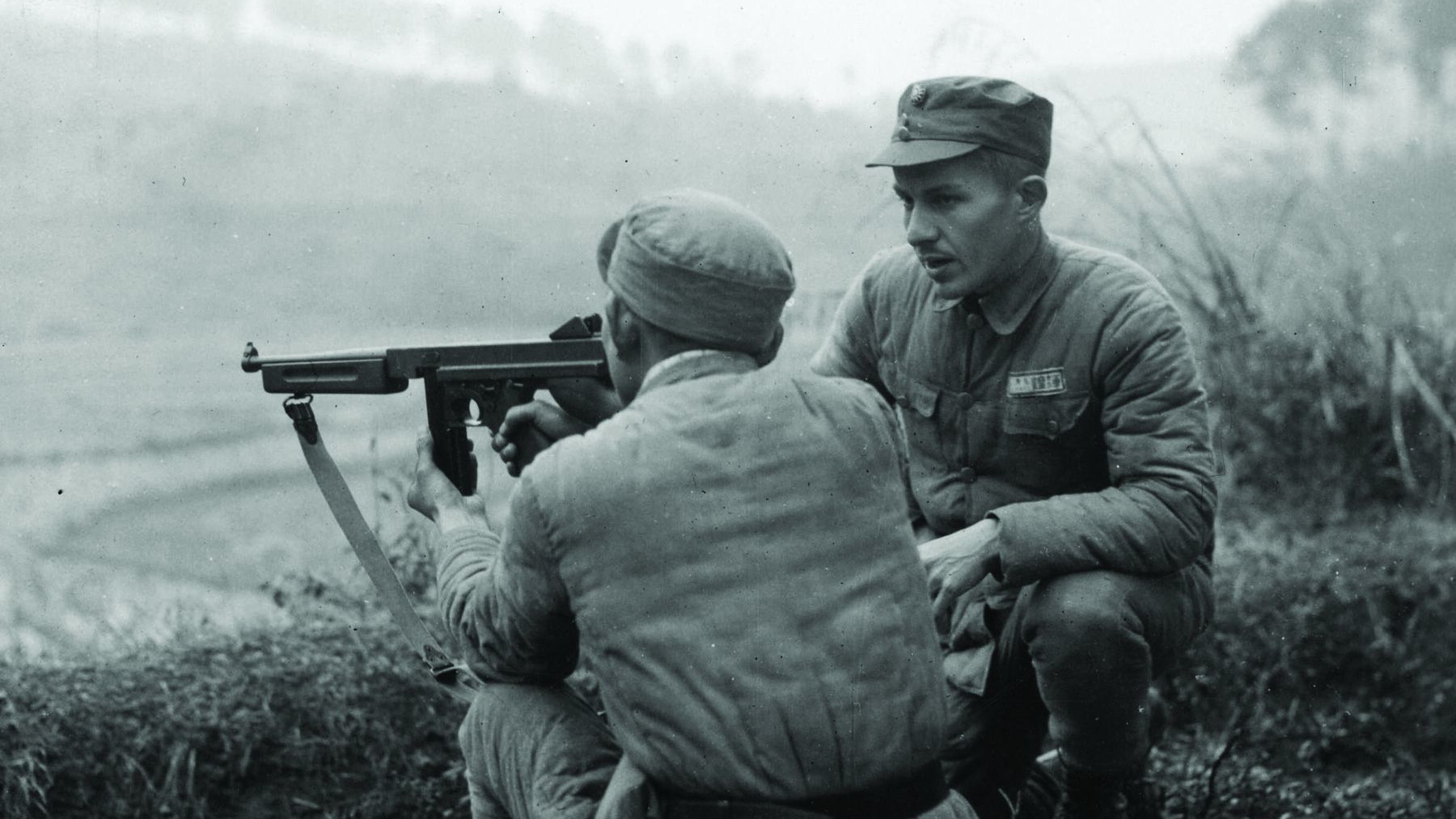
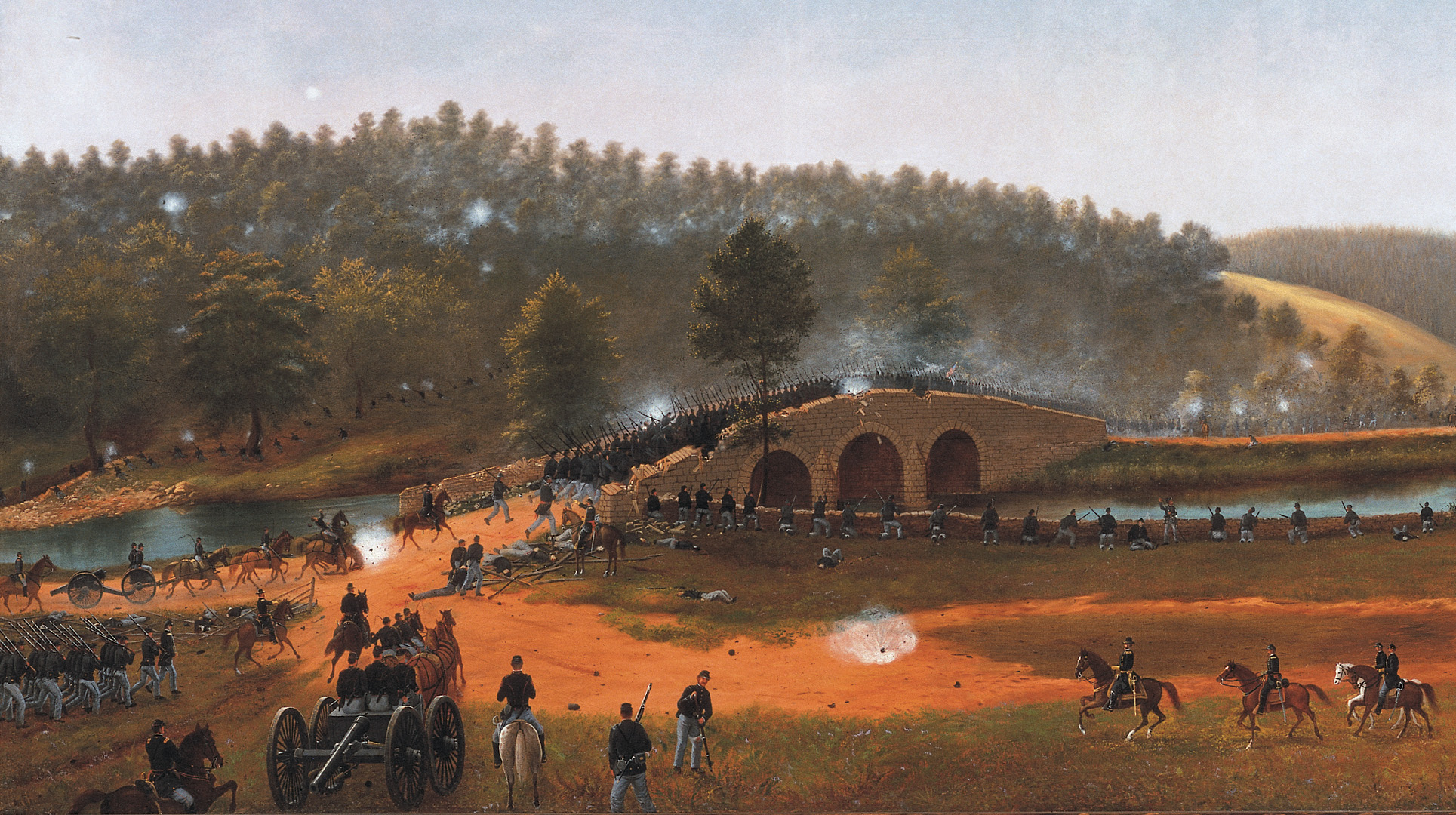
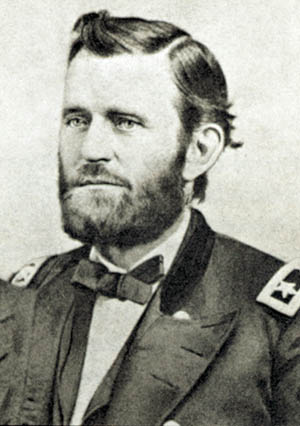
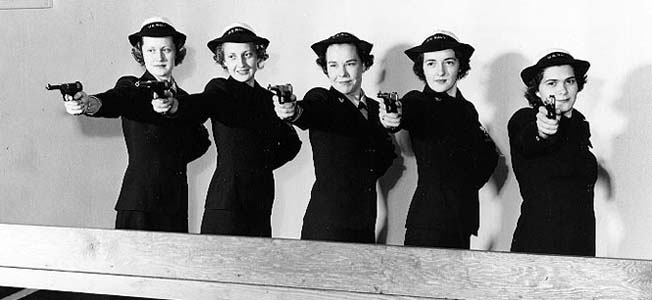
Join The Conversation
Comments
View All Comments